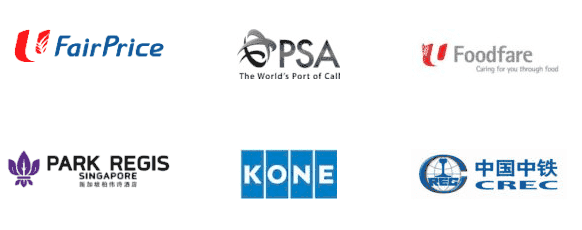8 Ways To Boost The Profitability Of Any Accounting Firm In Singapore
Every business’s goal is to ensure increased profitability. It is a fundamental aspect of expanding and maintaining a company. For small and mid-sized accounting and tax firms, there are many ways to achieve so. Be it increasing sales and earnings, decreasing corporate expenses, or both, here are eight ways that can help you boost the profitability of your accounting firm in Singapore.
1. Design a referral plan for your accounting firm in Singapore
Referrals through word-of-mouth are a powerful tool for any business, even more so in accounting and tax. When looking for the best accountant for their business, clients need to know your reliability to make a sound decision. Being recommended by someone is ideal for ensuring your firm’s reliability.
A referral plan that incentivises any word-of-mouth recommendations will encourage existing clients to help send potential businesses to you. Incentives can come in the form of payments, additional services, free resources, or discounts.
2. Cross-sell accounting and tax services to existing clients
While expanding your clientele is essential, do not forget your existing pool of clients. Many accounting firms in Singapore offer a comprehensive range of services. However, you will more than likely have clients who do not engage in every service. Approach your clients and introduce offers to engage additional services they do not have. For example, if your clients engage in tax planning services, introduce them to corporate accounting management or audit services.
The aim is to encourage existing clients to acquire a more well-balanced financial management.

3. Avoid low-value accounting and tax services
If your accounting firm in Singapore offers an extensive range of accounting services, there are some that are bound to be of higher value and more sought after than others. It would be worth looking through some of the services your firm provides and sorting them out, allowing you to better dedicate resources to the services that bring in profit. That way, you can free up time and resources for your employees to dedicate their expertise to better-value campaigns that increase corporate earnings.
4. Reduce inefficient expenditures
The opposite of improving profitability is reducing expenditures. The only way to understand this specific aspect of your firm’s operation is to evaluate your expenses. From unnecessary hires to expensive office rentals, these are some areas where many businesses make mistakes. Automation and utilising AI-enabled software can help to reduce time spent on manual tasks, freeing up your employees and allowing them to be more productive.
5. Elevate your firm’s perceived value and brand
Clients are not constantly searching for the least expensive option but value for money services. Perceived value is the key to increasing your firm’s profits. By elevating your firm’s perceived value, you have more space to increase the cost of your professional services.
You can elevate your firm’s brand by means of brand management, becoming a key opinion leader in the industry by publishing quality content and marketing.

6. Evaluate your firm’s marketing strategies
Marketing is vital for any business in order to expand and earn. While it can be an expensive commitment and investment, it can, in the long run, contribute dividends to your accounting and tax firm. This can be achieved so by building more exposure and awareness for your firm.
Areas such as content creation, paid online advertising, search engine optimisation, as well as social media marketing are ideal marketing strategies that can help in business profits. You can either hire an in-house team of marketers or outsource the campaign to a marketing agency.
7. Evaluate the cost of your firm’s services
The market is constantly evolving, with clients looking out for solutions for the changing needs. Hence, it is always vital to evaluate your current services’ costs and adjust accordingly. In order to boost profitability, you can either increase your service fees or reduce them to increase competitiveness. Many clients do have budget limitations, and a lower cost as compared to your competitors might be the deciding factor they are looking for.
8. Expand your services
Instead of sticking to your current range of services, lookout for new opportunities. It could be worth investing in starting new services such as new company incorporation and company GST registration to meet the tax compliance needs.
Conclusion
Boosting profitability is a constant, ever-growing, and ever-changing journey. It is an aspect that all small and mid-tier audit and accounting firms should regularly evaluate. Always make it a part of your monthly planning and reviews to ensure you are always keeping up-to-date with current trends.
For more guidance and professional advice on managing your firm, you can reach us at https://ag-singapore.com/ to do so.














